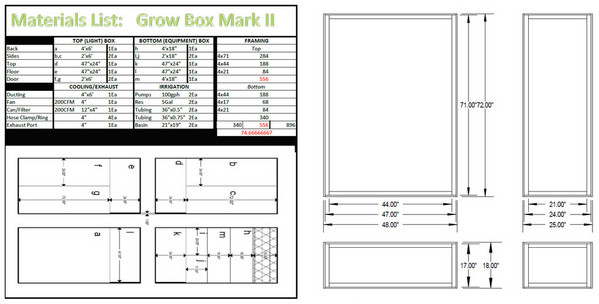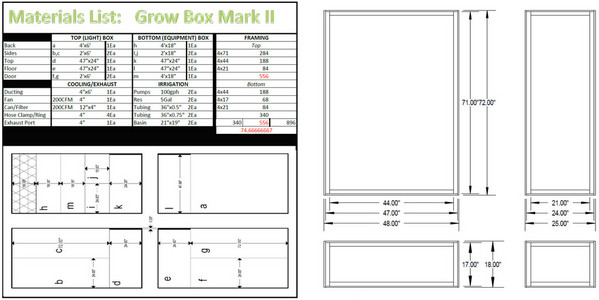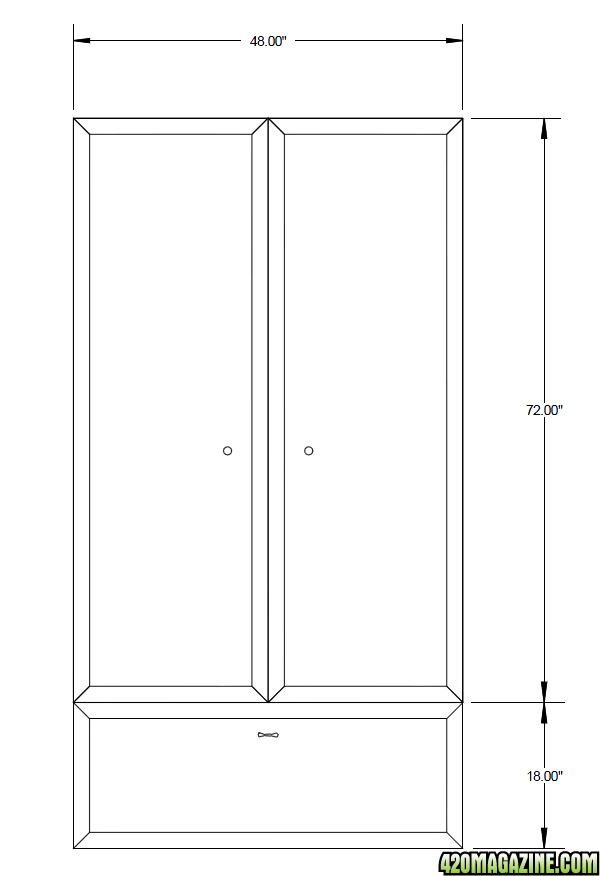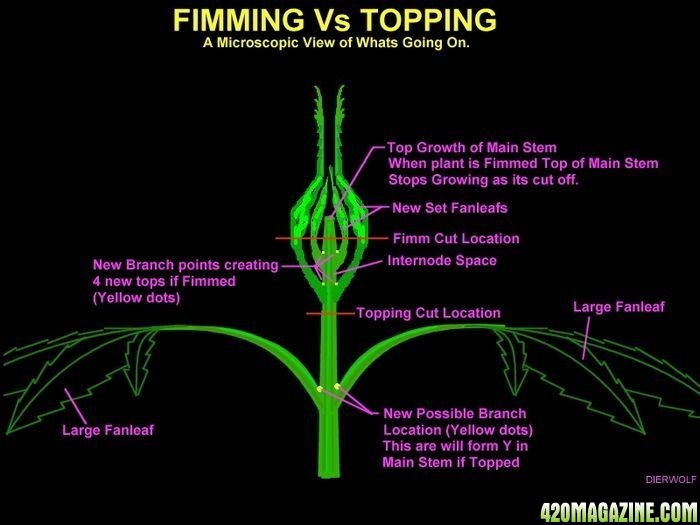<Well if you can research and find all the proper equipment that would allow for comparison an exact way of measuring the two units to give a real life applicable comparison please let me know. I would love to acquire such equipment and show the tests on a scientific level and not just through a sponsored grow where a number of things can affect the outcome of a harvest. I have not yet found the right equipment.
You may want to hit the light forum and speak with Hosebomber, he/she is a wealth of knowledge. I thought at first Hosebomber just wanted to stomp LED folks but after I asked if there was information backing what Hosebomber was saying I was presented with all kinds, interesting discussion too.
A bit abrasive... like other folks < we know

Hey, 00... I just noticed... Thanks for the rep!
Come on! the least I could do. It has been months since I wandered in, sorry. You are really doing well and all awesome images deserve a rep!




 I usually em on my phone app and they don't have that stuff, I'm trying to get better and I'm going online more to add thanks and rep. Don't be surprised if you get more, you deserve it.
I usually em on my phone app and they don't have that stuff, I'm trying to get better and I'm going online more to add thanks and rep. Don't be surprised if you get more, you deserve it.







